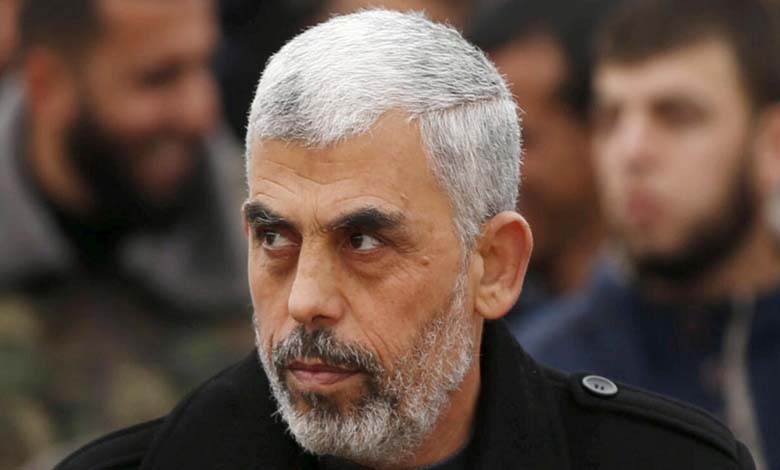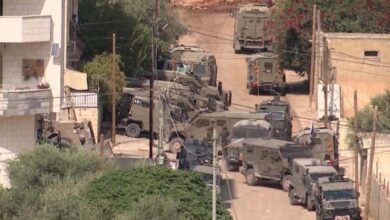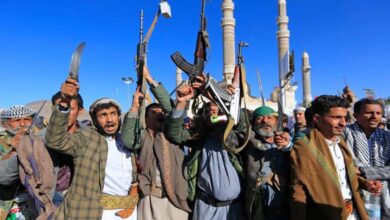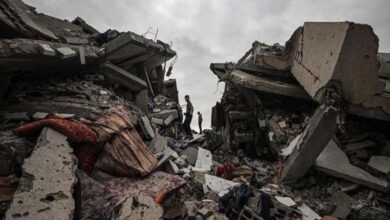Sinwar’s Movements Disrupt Israeli Equations, Not in Rafah

In a new development of fast-paced events in the Middle East, Israeli media reports suggest that Yahya Sinwar, the leader of Hamas in Gaza, is not hiding in Rafah as previously believed. Instead, recent intelligence indicates that he might be present in tunnels around Khan Yunis.
Israeli Maneuvers
In his recent statements, Israeli Prime Minister Benjamin Netanyahu emphasized Israel’s utmost importance for military operations in the Rafah area, noting that this region is a strategic axis in the ongoing conflict. According to Netanyahu, eliminating top Hamas leadership is a crucial goal of Israeli military efforts, integral to the state’s overall strategy.
Despite intelligence challenges and the inability to pinpoint Yahya Sinwar, the Hamas leader in Gaza, with absolute precision, recent Israeli intelligence suggests the possibility of his presence in the Khan Yunis area, north of Rafah.
This information suggests that Sinwar might be using the complex tunnel network characteristic of the region as a means of movement and concealment, complicating the task of pinpointing his location accurately. These developments underscore the importance placed by Israeli leadership on military operations in Rafah and surrounding areas.
Hamas Military Situation
Israeli military operations conducted in Rafah have brought significant changes in the distribution of forces on the ground, resulting in the displacement of many Hamas fighters to the north, away from direct pressure from the Israeli army. Despite Israeli announcements of dismantling a large number of Hamas brigades, fighters have shown an ability to adapt to the new conditions, reorganizing their ranks.
According to observers, this ability to regroup indicates the organization’s flexibility and its ability to continue operations despite military strikes. However, reports indicate that Israeli military achievements, though tangible, have been short-term due to the absence of an effective diplomatic strategy supporting military efforts and contributing to achieving long-term goals.
This situation poses a challenge for Israel, showing that military solutions alone may not be sufficient to ensure security and stability in the region, highlighting the need for comprehensive approaches combining military action and diplomatic efforts.
Impact on Hamas
Israeli military operations have significantly affected Hamas‘ military strength, with approximately 70 to 80% of its rocket arsenal destroyed. However, Hamas remains capable of continuing the fight, benefiting from its tunnel network, which poses a major challenge for the Israeli army.
The situation remains tense in Gaza, with ongoing military operations and strategic movements from both sides. Amid conflicting reports on Sinwar’s whereabouts, questions remain open about the future of the conflict and its potential implications for regional stability.
Sinwar Free, Israeli Beaches Deserted
Israeli media highlights tense conditions in the Gaza Strip, with analyses indicating that Hamas remains resilient despite pressures. Yahya Sinwar, the movement’s leader, is suspected to potentially appear publicly, while beaches like Zikim remain deserted.
In a report by Channel 13, journalist Ari Shavit comments on the passage of over six months since the conflict in Gaza, noting that as Easter approaches, a symbol of freedom, Hamas‘ strength remains unshaken, prisoners are still deprived of freedom, and Israeli deterrence has not been restored as expected, with areas around Gaza remaining in ruins, which is an unsatisfactory outcome.
Shavit, who previously believed in the need for strong pressure to release prisoners, now believes that a high price must be paid to end the situation in Gaza and prepare for greater challenges in the north and confrontation with Iran.












